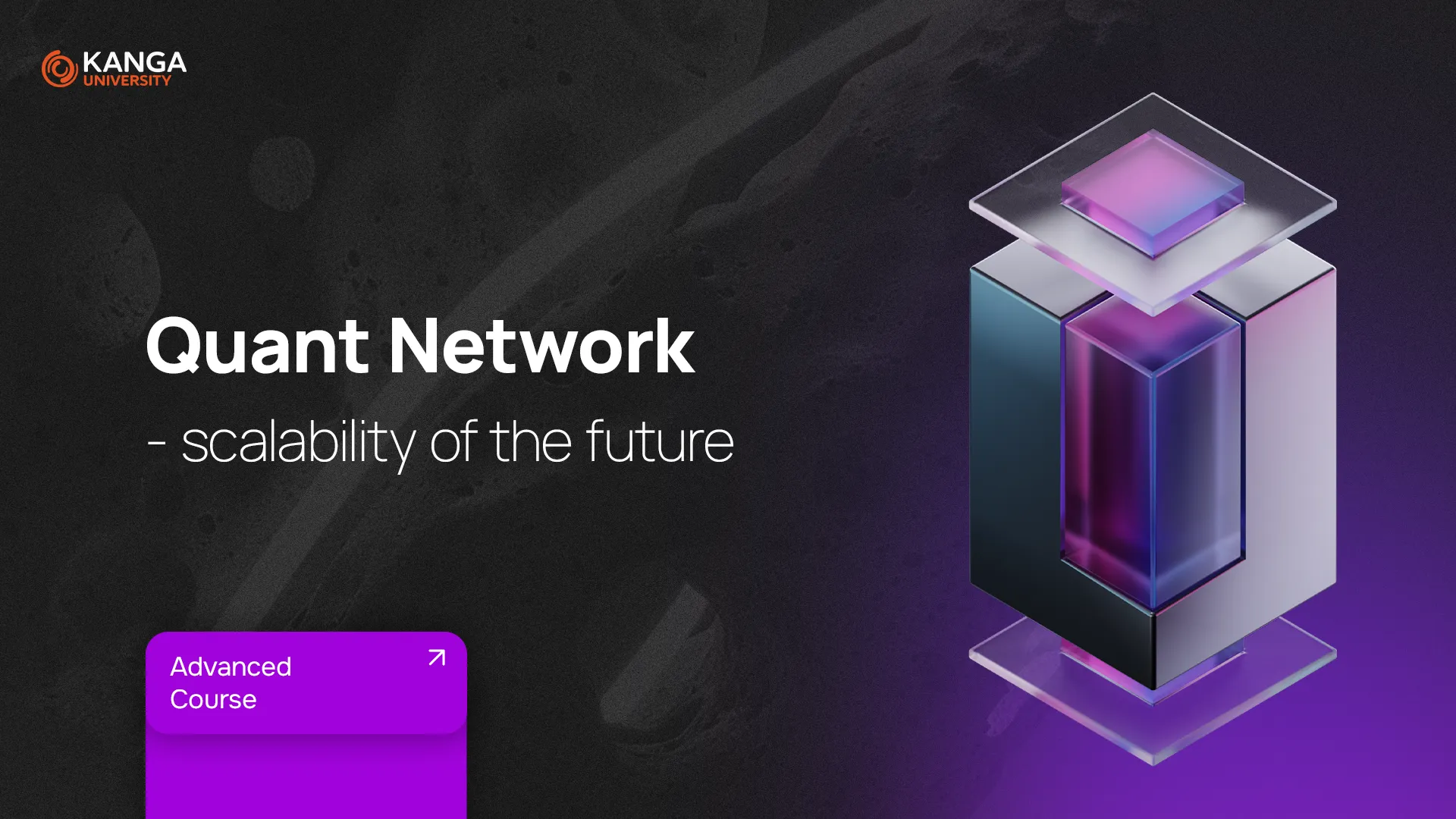
The crypto world is full of innovation. Thousands of projects, countless blockchains, and a constant flow of new ideas. But one major issue still holds back the entire ecosystem: blockchains don’t talk to each other.
Each blockchain is like its own island, with its own rules and language. They can’t easily share information, transfer assets, or interact. This lack of interoperability is one of the biggest challenges in Web3.
That’s where Quant Network comes in — a bold attempt to connect everything and everyone in the blockchain space.
What Is Quant Network?
Launched in 2018, Quant Network is a Layer 0 project designed to connect multiple blockchains through a universal protocol. Think of it as a blockchain operating system that allows networks to communicate without needing custom bridges or complicated integrations.
The key innovation is Overledger — Quant’s enterprise platform that acts like a gateway, enabling smooth and secure interaction between different blockchain systems.
Overledger connects blockchains using API gateways and Distributed Ledger Technology (DLT). It acts as a middleware, sitting between various blockchains and translating messages so they can understand each other.
How Overledger Works
Overledger is built around a four-layered architecture, each with a unique role:
1. Transaction Layer
Handles the storage and execution of transactions using DLT. It ensures consensus is maintained across chains.
2. Messaging Layer
Collects data from different ledgers — smart contract data, metadata, and transaction info. It enables systems to send and receive messages.
3. Filtering & Ordering Layer
Processes messages, filters out irrelevant ones, and validates off-chain data using transaction hashes and metadata.
4. Application Layer
Delivers validated data to apps. This is where mDapps (multi-chain decentralized apps) run and interact with blockchain data.
This structure ensures that blockchains can cooperate without sacrificing performance, security, or decentralization.
What Is Overledger DLT Gateway?
The Overledger DLT Gateway sits on top of multiple distributed ledgers and allows them to interact without needing to reach consensus with each other.
Key benefits:
-
No single point of failure,
-
Removes transaction bottlenecks,
-
Enables simultaneous communication across blockchains,
-
Increases scalability for dApps and mDapps.
This is what makes Quant truly Layer 0 — it provides the infrastructure below existing chains, empowering them to work together.
mDapps: The Future of Decentralized Apps
Most decentralized apps (dApps) are limited to one blockchain. For example, a dApp built on Ethereum can’t easily interact with data from Solana or Binance Smart Chain.
mDapps are different — they’re built on multi-chain infrastructure, capable of working across multiple blockchains simultaneously.
Powered by Overledger, mDapps enable:
-
Inter-chain asset transfers,
-
Cross-chain data access,
-
Greater flexibility and reach for developers and users.
They represent a more standardized, scalable way of building decentralized applications for the real world.
What Is QNT?
QNT is the native token of Quant Network, built on Ethereum (ERC-20 standard).
It’s used for:
-
Accessing Overledger services,
-
Paying for transactions across blockchains,
-
Licensing fees for developers building on the network.
If you want to interact with the Quant ecosystem — whether you’re a user or a developer — you’ll need QNT to do it.
Why Quant Network Matters
Quant isn’t just another blockchain. It’s a solution to one of the core limitations in crypto: lack of interoperability.
Thanks to Overledger and mDapps, Quant enables:
-
Universal access to blockchain data,
-
Cross-network collaboration,
-
Simplified development of multi-chain applications.
It offers a real path forward for Web3 apps that need to scale across chains without relying on centralized bridges or risky workarounds.
Summary
Quant Network is laying the groundwork for a connected blockchain ecosystem, where networks can share data and apps can operate beyond their original chain.
Its Overledger technology provides the foundation, and mDapps bring the vision to life.
If Quant gains adoption, it could become a core piece of Web3 infrastructure, linking Ethereum, Bitcoin, private blockchains, and beyond — and finally turning fragmented systems into a unified network.